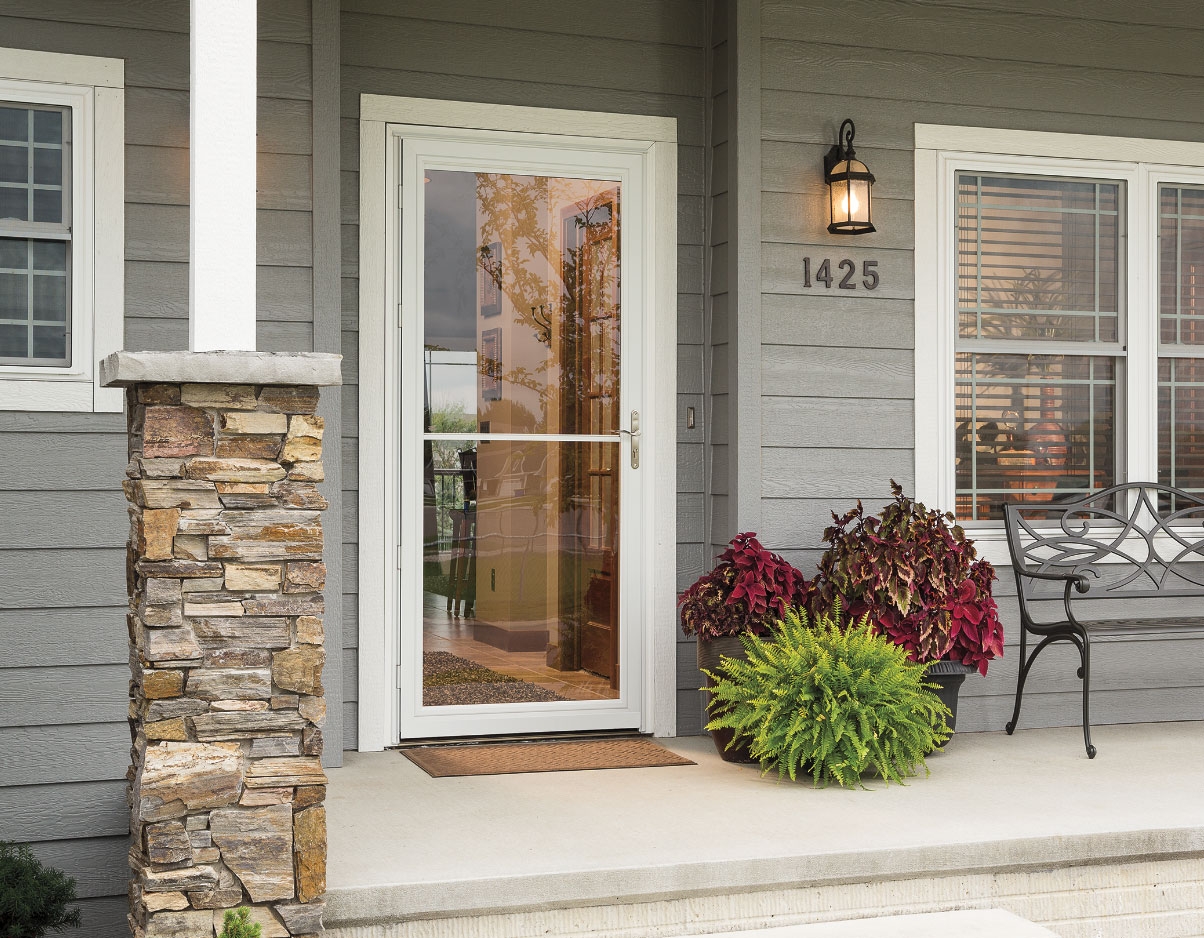

Articles
What Is Self Storing Storm Door
Modified: October 20, 2024
Discover the convenience of self-storing storm doors for your home maintenance needs. Enhance your entryway with easy-to-use and stylish storm doors.
(Many of the links in this article redirect to a specific reviewed product. Your purchase of these products through affiliate links helps to generate commission for Storables.com, at no extra cost. Learn more)
What is a Self Storing Storm Door
A self-storing storm door is a type of door that combines the functionality of a traditional storm door with the convenience of an insect screen. It is designed to fit over an existing exterior door and provides an additional layer of protection against the elements, while still allowing natural light and fresh air to enter the home.
Unlike traditional storm doors that require separate storm windows to be installed or removed seasonally, self-storing storm doors have built-in screens and glass panels that can be easily converted or adjusted to suit the weather conditions or personal preferences.
These doors are typically made of sturdy materials like aluminum or steel and feature a variety of design options to match the style and architecture of the home.
Self-storing storm doors have become increasingly popular among homeowners due to their versatility and convenience. They offer many benefits that make them an attractive choice for enhancing the functionality and aesthetics of a home.
Key Takeaways:
- Self-storing storm doors offer a versatile solution for homeowners, providing protection against the elements, enhanced energy efficiency, and the convenience of adjustable screens and glass panels to suit changing weather conditions and personal preferences.
- With self-storing storm doors, homeowners can enjoy improved security, increased natural light and ventilation, and easy maintenance. These doors come in various types and styles, offering customizable options to enhance the functionality and aesthetics of any home.
Read more: What Is A Retractable Storm Door
Introduction
A self-storing storm door is a valuable addition to any home, providing numerous benefits in terms of both functionality and aesthetics. In this article, we will explore what exactly a self-storing storm door is and why it is worth considering for your property.
Storm doors have long been used to protect the main entry door from the elements. They act as a barrier against rain, snow, wind, and other inclement weather conditions. Traditional storm doors often require the installation and removal of storm windows based on the season, which can be a cumbersome and time-consuming task.
Enter the self-storing storm door—a revolution in storm door technology. A self-storing storm door eliminates the need for separate storm windows by incorporating both a screen and glass panels that can be easily adjusted or converted based on your needs.
With the ability to switch between screen and glass panels as desired, self-storing storm doors provide the perfect balance of protection and ventilation. For instance, during warm summer months, you can open the door and use the screen to enjoy breezes while keeping insects out. In colder seasons, you can switch to the glass panels for added insulation and protection against the elements.
Aside from their practical advantages, self-storing storm doors also offer aesthetic benefits. They come in a wide range of styles, finishes, and designs, allowing you to find one that matches the exterior of your home and enhances its curb appeal. Whether you prefer a traditional or modern look, there is a self-storing storm door to suit your taste.
Furthermore, self-storing storm doors are relatively easy to install and maintain. Most models come with installation instructions and can be assembled with basic tools. Additionally, they require minimal maintenance, usually limited to occasional cleaning and lubrication of hinges and mechanisms.
In the following sections, we will delve deeper into the specifics of self-storing storm doors, including how they work, their benefits, different types available, factors to consider when choosing one, the installation process, and maintenance tips. By the end of this article, you will have a comprehensive understanding of self-storing storm doors and be well-equipped to make an informed decision about whether they are the right choice for your home.
Definition of Self Storing Storm Door
A self-storing storm door is a type of door that provides an additional layer of protection and versatility to an exterior entryway. It is specifically designed to enhance the functionality of a traditional entry door by offering features such as a built-in screen and adjustable glass panels.
Unlike a standard storm door that requires separate storm windows to be installed or removed seasonally, a self-storing storm door eliminates this hassle by integrating both the screen and glass panels into the door frame. This allows homeowners to easily switch between screens and glass panels based on their preferences or the current weather conditions.
The key feature of a self-storing storm door is its ability to self-store or retract the screen and glass panels within the door frame. When the screen is not in use, it can be conveniently stored within the door itself, protected from dust, dirt, and damage. With a simple adjustment, the screen can be pulled down and secured into position, providing an unobstructed view and allowing fresh air to flow into the home while keeping insects out.
Similarly, the glass panels of a self-storing storm door can be adjusted to provide optimal insulation and protection during colder months. When the weather turns chilly, the glass panels can be effortlessly pulled down and locked into place, creating a sealed barrier against drafts, cold air, and moisture, while still allowing natural light to enter the home.
It is important to note that self-storing storm doors come in a variety of styles, sizes, and materials to suit different architectural styles and personal preferences. They can be made from durable materials such as aluminum or steel, ensuring long-lasting performance and resistance to the elements.
In summary, a self-storing storm door is a versatile and practical addition to any home. It combines the benefits of a traditional storm door, such as protection and insulation, with the convenience of built-in screens and adjustable glass panels. With the ability to easily switch between screens and glass, homeowners can enjoy the best of both worlds—fresh air and natural light during warmer months and added insulation and protection during colder months.
How Self Storing Storm Doors Work
Self-storing storm doors are designed with innovative mechanisms that allow for easy adjustment and conversion between screens and glass panels. Understanding how these doors work can help you fully appreciate their functionality and convenience.
The primary feature of a self-storing storm door is the ability to self-store or retract the screen and glass panels within the door frame. This is achieved through a combination of hinges, tracks, and latches that allow for smooth operation and secure positioning.
When the door is in its closed position, the screen or glass panel is typically stored in the upper section of the door frame. To activate the screen, you simply need to release the latch and pull the screen panel down. Some self-storing storm doors have a built-in mechanism that guides the screen smoothly into place, while others may require manual adjustment to ensure proper positioning.
Once the screen is securely in place, it can be locked into position using latches or clips to prevent it from accidentally opening or closing. This ensures a secure fit and offers protection against insects while still allowing fresh air to circulate into your home.
Switching to the glass panels is just as straightforward. By releasing the latch or clip that holds the screen in place, you can then raise the screen back up into the self-storage position within the door frame. The glass panels are typically stored in the lower section of the door frame and can be easily pulled down and locked into place.
When the glass panels are in use, they provide an additional layer of insulation and protection against cold drafts, wind, and moisture. They also allow natural light to enter your home while still maintaining a barrier between the interior and exterior.
It’s worth noting that the exact mechanisms and operation of self-storing storm doors can vary depending on the manufacturer and model. Some doors may have additional features such as adjustable vents, pet doors, or built-in blinds, further enhancing their functionality and customization options.
Overall, the ingenious design of self-storing storm doors allows for seamless transitions and adjustments between screens and glass panels, providing homeowners with the flexibility to adapt to different weather conditions and personal preferences.
Benefits of Self Storing Storm Doors
Self-storing storm doors offer numerous benefits that make them a worthwhile addition to any home. From improved energy efficiency to enhanced security and convenience, these doors provide a range of advantages that can greatly enhance the overall functionality and comfort of your property. Let’s explore some of the key benefits of self-storing storm doors:
1. Protection against the elements: One of the primary benefits of a self-storing storm door is its ability to provide an additional layer of protection against the elements. Whether it’s heavy rain, strong winds, or snowstorms, these doors act as a barrier, keeping your main entry door safe and reducing the risk of damage caused by harsh weather conditions.
2. Energy efficiency: By sealing off drafts and creating an insulating barrier, self-storing storm doors can help improve the energy efficiency of your home. They prevent cold air from seeping in during the winter months and keep it cool during the summer, reducing the strain on your heating and cooling systems and potentially lowering your energy bills.
3. Enhanced natural light and ventilation: Self-storing storm doors allow you to enjoy the benefits of natural light and fresh air without sacrificing security. When the weather is pleasant, you can simply open the glass panel and utilize the built-in screen to enjoy a gentle breeze while keeping insects out, providing natural ventilation and brightening up your living space.
4. Improved security: Self-storing storm doors offer an extra layer of security for your home. With a sturdy construction and built-in locking mechanisms, these doors act as a deterrent to potential intruders and provide an additional barrier against unauthorized entry.
5. Versatility: The ability to switch between screens and glass panels makes self-storing storm doors highly versatile. You can easily adapt to changing weather conditions or personal preferences. Whether you want to let in fresh air, enjoy the view, or create a more secure and insulated environment, these doors provide convenient options to suit your needs.
6. Curb appeal: Self-storing storm doors come in a variety of styles, finishes, and designs, allowing you to enhance the curb appeal of your home. They can complement the architectural style and color scheme, adding an attractive feature that improves the overall aesthetics of your property.
7. Easy maintenance: Maintaining a self-storing storm door is relatively simple. Regular cleaning, lubrication of hinges and mechanisms, and occasional inspection for any signs of wear or damage are usually enough to keep the door in good working condition for years to come.
Overall, self-storing storm doors offer a multitude of benefits, from added protection and energy efficiency to enhanced security, versatility, and aesthetics. Investing in a high-quality self-storing storm door can significantly enhance the comfort and functionality of your home, making it a worthwhile addition for any homeowner.
Types of Self Storing Storm Doors
Self-storing storm doors come in a variety of types, allowing homeowners to choose one that suits their specific needs and preferences. Each type offers unique features and benefits that cater to different requirements. Let’s explore some of the common types of self-storing storm doors:
1. Full View Self-Storing Storm Doors: These doors have a large glass panel that provides an unobstructed view of the outdoors when the screen is retracted. They are ideal for homeowners who want maximum visibility and ample natural light in their living space.
2. Ventilating Self-Storing Storm Doors: These doors have adjustable vents or louvers in addition to the screen panel, allowing for controlled airflow without opening the door completely. They are particularly beneficial in areas where ventilation and airflow are important, such as kitchens or areas prone to excess moisture.
3. Pet-Friendly Self-Storing Storm Doors: Designed with pets in mind, these doors have a built-in pet door to provide easy access for your furry companions. The pet door can be opened or closed independently, allowing your pets to move freely in and out of the house while still keeping insects and unwanted critters out.
4. Retractable Screen Self-Storing Storm Doors: These doors feature a retractable screen that rolls up into a cassette when not in use. This design eliminates the need for separate screen storage and provides a cleaner and sleeker appearance. When you want to use the screen, simply pull it down and lock it into position.
5. Decorative Self-Storing Storm Doors: These doors add a touch of elegance and style to your home, featuring decorative patterns, designs, or glass inserts. They offer both functionality and aesthetic appeal, enhancing the overall look of your main entry door and improving the curb appeal of your property.
6. Security Self-Storing Storm Doors: These doors are reinforced with additional security features, such as laminated glass or multi-point locking systems, providing an extra layer of protection against intruders. They are ideal for homeowners who prioritize security without compromising on ventilation and natural light.
7. Customizable Self-Storing Storm Doors: Some manufacturers offer customizable self-storing storm doors, allowing you to choose the specific features, finishes, and hardware that best suit your needs and match your home’s aesthetics. This option provides a personalized touch and ensures that the door seamlessly integrates with your existing decor.
It’s important to consider your specific requirements, such as ventilation needs, pet accessibility, desired visibility, and security priorities when selecting a self-storing storm door. Researching different types and consulting with a professional can help you make an informed decision and find the perfect self-storing storm door to enhance the functionality, style, and security of your home.
A self-storing storm door is a type of storm door that has a built-in mechanism for storing the glass or screen panel when not in use, allowing for easy transition between seasons. This feature can help to maximize ventilation and visibility while minimizing the need for storage space.
Factors to Consider when Choosing a Self Storing Storm Door
Selecting the right self-storing storm door for your home is an important decision. There are several factors to consider to ensure that you choose a door that meets your specific needs and preferences. Here are some key factors to keep in mind when selecting a self-storing storm door:
1. Size and Fit: Measure the dimensions of your existing entry door to ensure a proper fit. Self-storing storm doors are available in various standard sizes, but custom sizing options are also available for non-standard door openings.
2. Material: Consider the material of the door, as it affects both durability and appearance. Common materials for self-storing storm doors include aluminum and steel. Aluminum doors are lightweight, low-maintenance, and resistant to rust. Steel doors offer increased durability and security but may require occasional maintenance to prevent rusting.
3. Screen and Glass Options: Evaluate the screen and glass options available for the door. Look for features such as adjustable screens, high-transparency glass, low-maintenance coatings, or energy-efficient glass. Consider your climate and personal preferences to determine the most suitable combination for your needs.
4. Security Features: Check for security features such as multi-point locking systems, reinforced frames, and impact-resistant glass. Ensure that the door provides the level of security required for your home and neighborhood.
5. Design and Style: Consider the overall design and style of the door to ensure it complements your home’s architecture and personal preferences. Choose a finish, color, and decorative elements that align with your aesthetic vision.
6. Ventilation and Weather-tightness: Assess the door’s ability to provide adequate ventilation while maintaining weather-tightness. Look for venting options, such as adjustable screens or built-in vents, to ensure proper air circulation without compromising on protection from drafts and moisture.
7. Brand Reputation and Warranty: Research the reputation of the brand and read customer reviews to gauge the quality and reliability of the door. Additionally, check the warranty coverage offered by the manufacturer to ensure proper protection in case of any defects or issues.
8. Professional Installation: Consider whether you prefer professional installation or if you are comfortable with a DIY installation. Some self-storing storm doors are designed for easy homeowner installation, while others may require professional assistance to ensure a proper fit and function.
Taking these factors into account will help you make an informed decision and choose a self-storing storm door that meets your specific requirements. Remember to consult with experts or professionals if needed, as they can provide valuable guidance and assist you in selecting the best option for your home.
Installation Process of Self Storing Storm Doors
The installation of a self-storing storm door can vary slightly depending on the specific model and manufacturer. However, the following steps provide a general overview of the installation process:
1. Gather the necessary tools: Before you begin the installation, gather all the tools you’ll need, such as a drill, screwdriver, level, measuring tape, and safety goggles. Refer to the manufacturer’s instructions for any specific tools required for your particular door.
2. Prepare the door frame: Start by inspecting the doorframe and ensuring it is structurally sound and in good condition. Remove any debris or obstructions from the area, such as old caulking or weatherstripping.
3. Position the door: Place the self-storing storm door in the desired position by aligning it with the existing entry door. Ensure that it is level, plumb, and evenly spaced on all sides. Use shims if necessary to adjust the door’s position and maintain proper alignment.
4. Secure the door frame: With the door in the correct position, secure the door frame to the entry doorframe using the provided screws or fasteners. Start at the top hinge and work your way down, ensuring a secure and even attachment.
5. Attach the door closer: Some self-storing storm doors come with a built-in door closer. Attach the door closer to the top corner of the door, following the manufacturer’s instructions. This will ensure that the door closes smoothly and securely.
6. Install the latch and handle: Install the latch and handle according to the manufacturer’s instructions. Ensure that they are properly aligned and securely attached to the door. Test the operation of the latch and handle to ensure they function correctly.
7. Adjust the self-storing mechanism: If your self-storing storm door has an adjustable mechanism for the screen and glass panels, follow the manufacturer’s instructions to properly adjust and set them. Ensure that they move smoothly and securely lock into position when closed.
8. Seal and weatherproof: Apply weatherstripping or caulk around the edges of the doorframe to seal any gaps and improve energy efficiency. This will help to prevent drafts and moisture from penetrating into your home.
9. Test and make adjustments: Once the installation is complete, test the door by opening, closing, and switching between the screen and glass panels. Make any necessary adjustments to ensure proper functioning and a tight seal.
10. Clean up: Clean up the work area and remove any debris or leftover materials. Dispose of them appropriately or recycle them as needed.
It’s important to note that these steps are a general guideline, and the specific installation process may vary depending on the manufacturer’s instructions and the door model. Always refer to the manufacturer’s installation guide for detailed and accurate instructions specific to your self-storing storm door.
If you are unsure or uncomfortable with the installation process, it is recommended to seek the assistance of a professional installer for proper and efficient installation.
Maintenance Tips for Self Storing Storm Doors
Maintaining your self-storing storm door regularly will help ensure its longevity, functionality, and appearance. Here are some essential maintenance tips to keep in mind:
1. Regular cleaning: Clean your self-storing storm door regularly to remove dirt, dust, and grime that can accumulate over time. Use a mild soap or detergent and warm water to gently clean the door, both on the interior and exterior surfaces. Avoid using abrasive cleaners or harsh chemicals that may damage the finish or components of the door.
2. Lubricate moving parts: Lubricate the hinges, tracks, and latches of the door at least once a year (or as recommended by the manufacturer). Use a silicone-based lubricant or a light oil to ensure smooth operation and prevent rust or corrosion.
3. Inspect for wear and damage: Regularly inspect the door for any signs of wear, damage, or deterioration. Check the screens, glass panels, frame, and hardware for cracks, tears, broken parts, or loose screws. Address any issues promptly to prevent further damage and maintain the door’s functionality.
4. Clean and maintain screens: If your self-storing storm door has retractable screens, make sure to clean them regularly. Remove any debris or dust from the screen by using a soft brush or vacuum cleaner with a brush attachment. Avoid using excessive force that may damage the screen material.
5. Adjust and tighten hardware: Periodically check and tighten any loose screws or bolts on the door and its hardware components. Over time, the constant opening and closing of the door may cause screws to become loose. Use a screwdriver or appropriate tool to tighten them as needed.
6. Check weatherstripping: Inspect the weatherstripping around the doorframe for any signs of wear, damage, or gaps. Replace any worn or damaged weatherstripping to maintain a tight seal and prevent drafts, moisture, and energy loss.
7. Protect the finish: If your self-storing storm door has a painted or coated finish, protect it from scratches and fading by avoiding harsh chemicals and abrasive materials during cleaning. Consider applying a protective wax or sealant to maintain the door’s appearance and protect it from the elements.
8. Follow manufacturer’s instructions: Always refer to the manufacturer’s instructions and guidelines regarding maintenance and care specific to your self-storing storm door. They may provide specific recommendations and product suggestions tailored to the door’s material and design.
9. Address moisture or condensation: If you notice excess moisture or condensation on the glass panels or inside the door, it could signify an issue with the door’s weatherproofing. Address this issue promptly to ensure the door remains properly sealed and insulated.
10. Professional servicing: If you encounter any significant issues or are unsure about how to properly address a maintenance concern, consider contacting a professional for servicing and repairs. They can assess the situation and provide expert solutions to keep your self-storing storm door in optimal condition.
By following these maintenance tips, you can extend the lifespan of your self-storing storm door and ensure that it remains functional, visually appealing, and provides the desired protection and convenience for years to come.
Read more: Installing A Storm Door
Frequently Asked Questions (FAQs)
Here are some frequently asked questions about self-storing storm doors:
Q: What is a self-storing storm door?
A: A self-storing storm door is a type of door that combines the functionality of a traditional storm door with the convenience of a built-in screen and adjustable glass panels. It offers an additional layer of protection against the elements while allowing for ventilation and natural light.
Q: How does a self-storing storm door work?
A: Self-storing storm doors have mechanisms that allow the screen and glass panels to be easily adjusted or converted based on your needs. The screen can be pulled down and secured into position to allow fresh air in while keeping insects out. The glass panels can be lowered and locked to provide insulation and protection.
Q: What are the benefits of self-storing storm doors?
A: Self-storing storm doors offer benefits such as protection against the elements, improved energy efficiency, enhanced natural light and ventilation, increased security, versatility in switching between screens and glass panels, improved curb appeal, and ease of maintenance.
Q: Are self-storing storm doors easy to install?
A: Self-storing storm doors can typically be installed by homeowners with basic tools and following the manufacturer’s instructions. However, it is recommended to have a professional install the door if you are unsure or uncomfortable with the process.
Q: What materials are self-storing storm doors made of?
A: Self-storing storm doors are commonly made of aluminum or steel. Aluminum doors are lightweight, low-maintenance, and resistant to rust. Steel doors offer increased durability and security but may require occasional maintenance to prevent rusting.
Q: How do I maintain a self-storing storm door?
A: Regular cleaning, lubricating moving parts, inspecting for wear and damage, cleaning and maintaining screens, adjusting and tightening hardware, checking weatherstripping, protecting the finish, and following the manufacturer’s instructions are key to maintaining a self-storing storm door.
Q: Can I customize the design of a self-storing storm door?
A: Some manufacturers offer customizable options, allowing you to choose finishes, colors, and decorative elements to match your home’s aesthetics. Customizable self-storing storm doors can provide a personalized touch.
Q: Are self-storing storm doors secure?
A: Self-storing storm doors come with various security features, such as multi-point locking systems, reinforced frames, and impact-resistant glass, providing an added layer of security to your home.
These are just a few commonly asked questions about self-storing storm doors. If you have more specific inquiries or concerns, it is always recommended to consult with a professional or reach out to the manufacturer for further assistance.
Conclusion
Self-storing storm doors are a valuable addition to any home, combining functionality, versatility, and aesthetic appeal. These doors provide an extra layer of protection against the elements while offering the convenience of built-in screens and adjustable glass panels. From improved energy efficiency and enhanced natural light to increased security and easy maintenance, self-storing storm doors offer a range of benefits for homeowners.
When selecting a self-storing storm door, consider factors such as size, material, screen and glass options, security features, design, and ventilation capabilities. Taking into account these factors will help you choose a door that meets your specific needs and complements your home’s style.
The installation process of a self-storing storm door can typically be done by homeowners, but professional installation may be preferred for those who are less experienced or require additional assistance. Following the manufacturer’s installation instructions is crucial to ensure a proper fit and function.
Regular maintenance of your self-storing storm door is important to maintain its longevity and functionality. Cleaning the door, lubricating moving parts, inspecting for wear and damage, and adjusting hardware are key maintenance tasks. Following these tips will help keep your self-storing storm door in optimal condition.
In conclusion, self-storing storm doors provide a practical and attractive solution for enhancing the functionality and appearance of your home. Their ability to adapt to changing weather conditions, improve energy efficiency, provide ventilation while keeping insects out, enhance security, and add curb appeal make them a valuable investment for any homeowner. Consider your specific requirements, explore different types and options, and seek professional guidance if needed, ensuring you find the perfect self-storing storm door to suit your needs and elevate your home’s entryway.
Frequently Asked Questions about What Is Self Storing Storm Door
Was this page helpful?
At Storables.com, we guarantee accurate and reliable information. Our content, validated by Expert Board Contributors, is crafted following stringent Editorial Policies. We're committed to providing you with well-researched, expert-backed insights for all your informational needs.
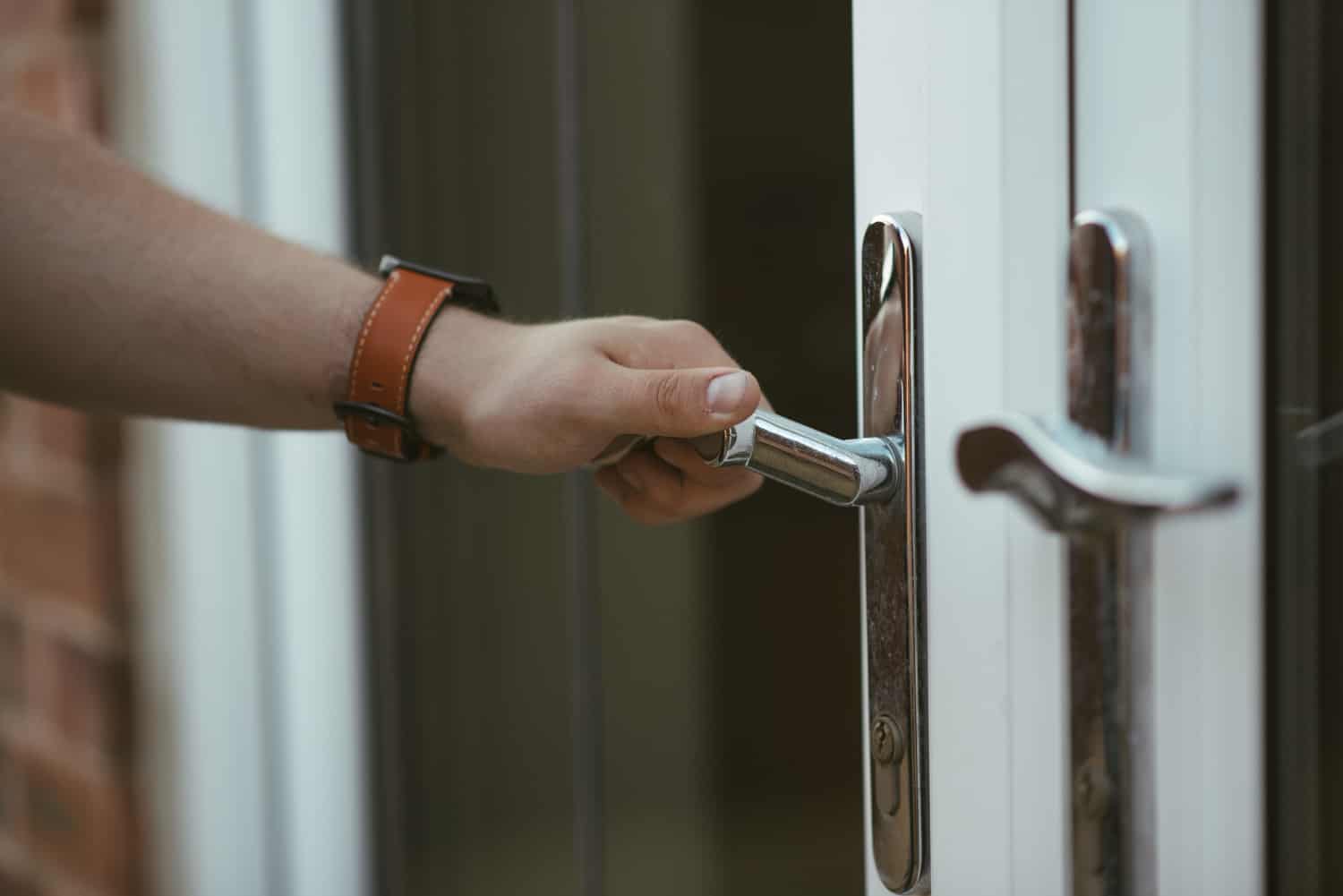
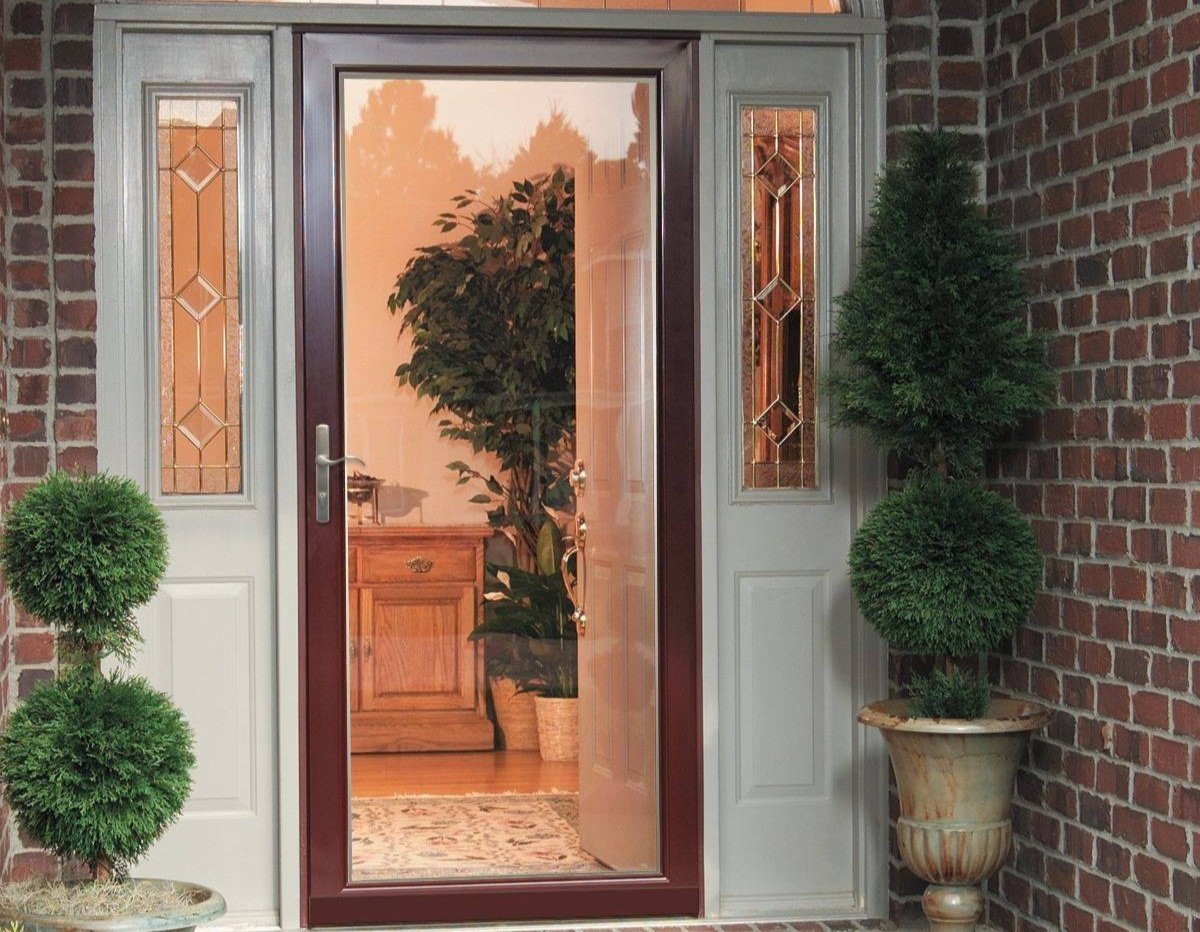
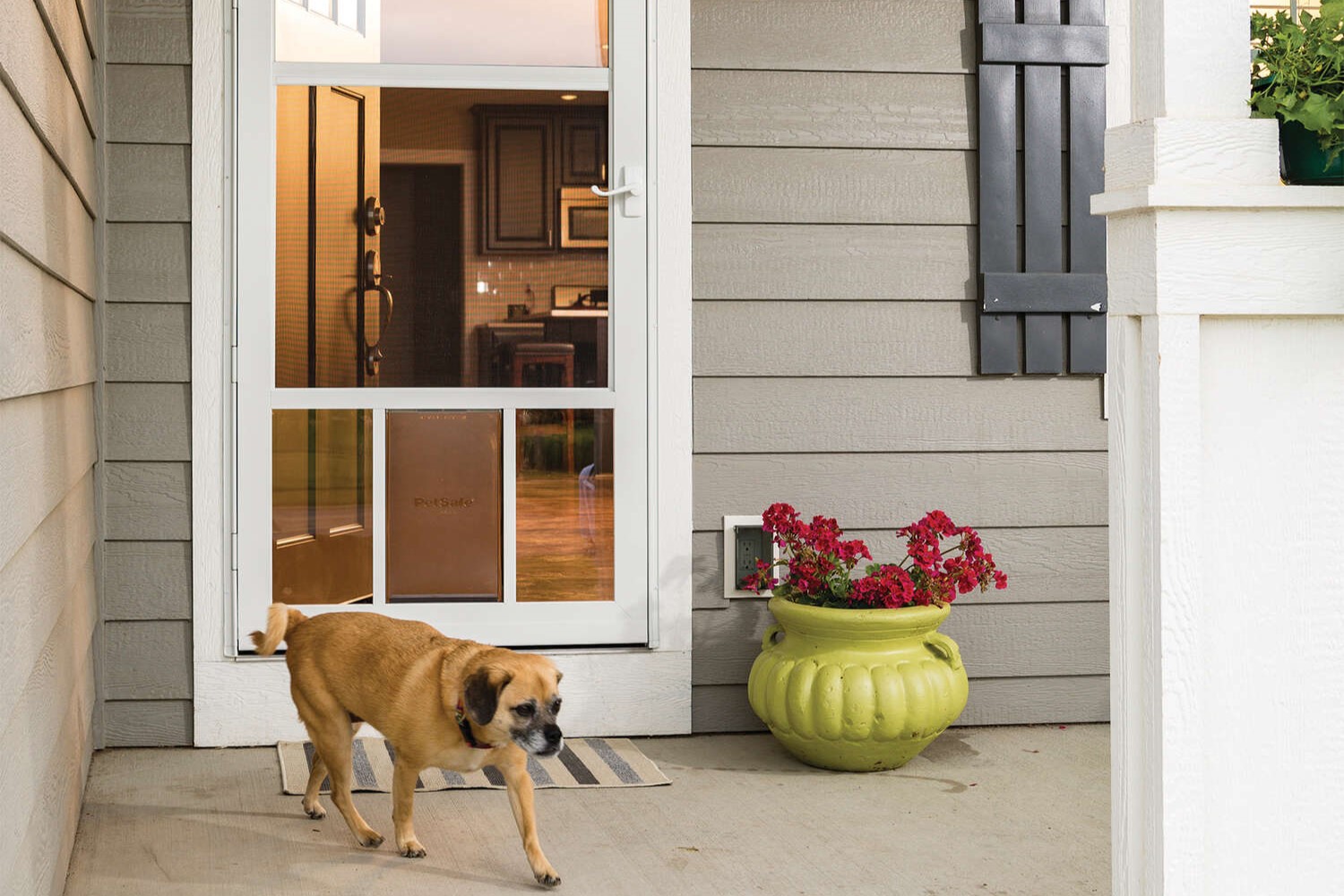
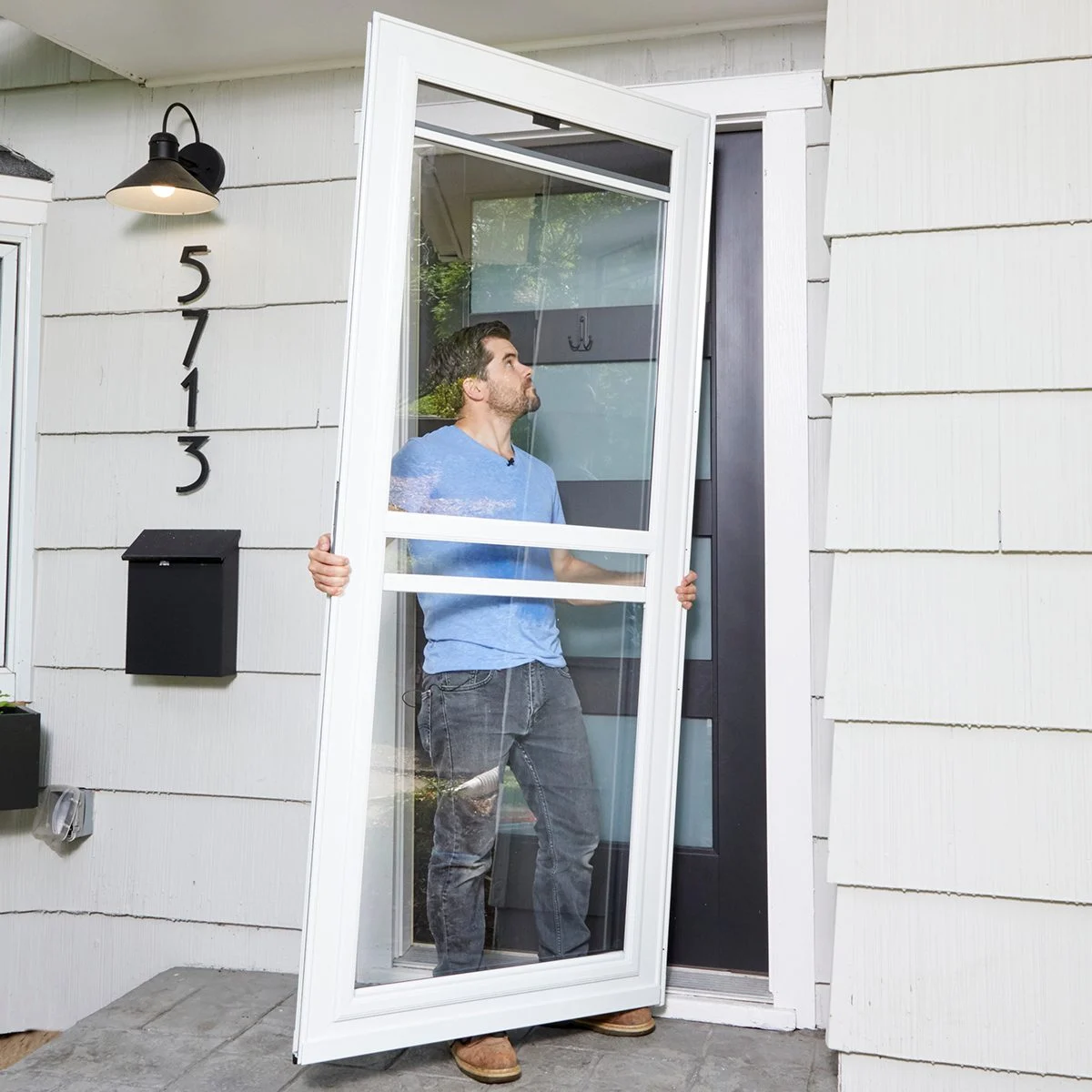
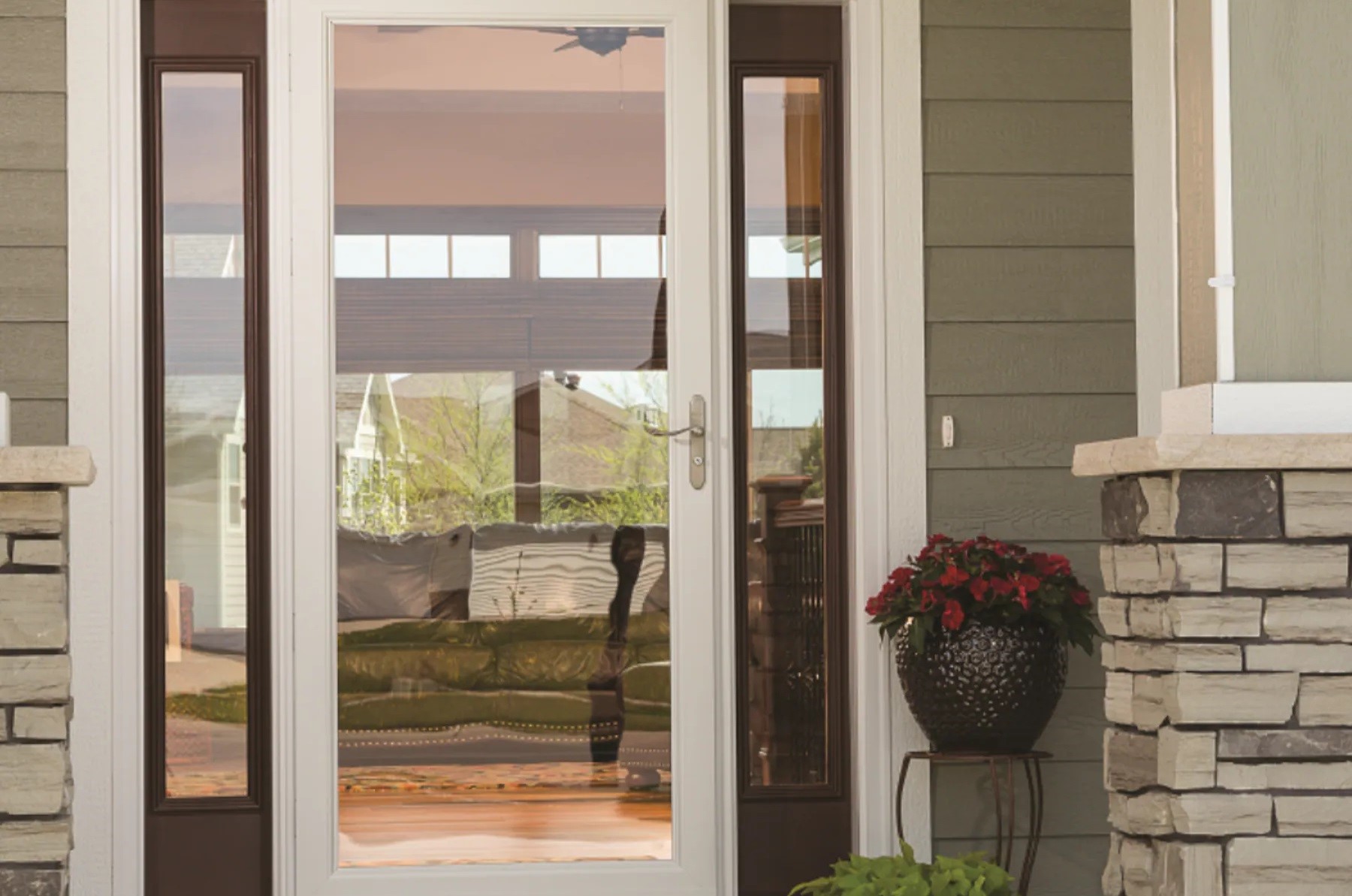

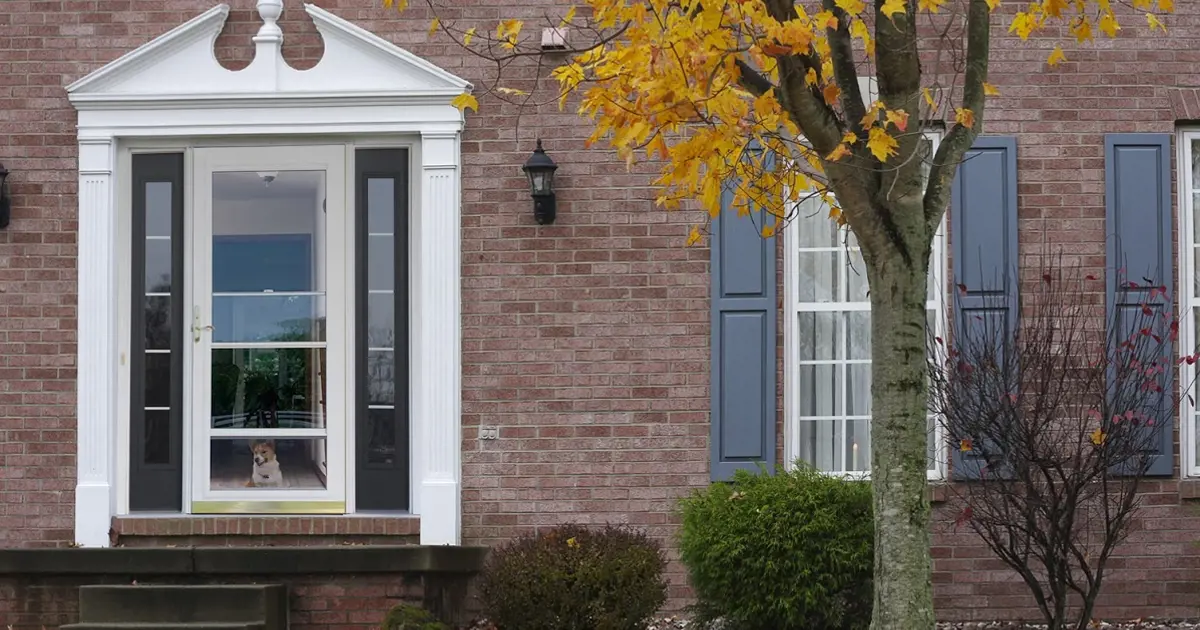
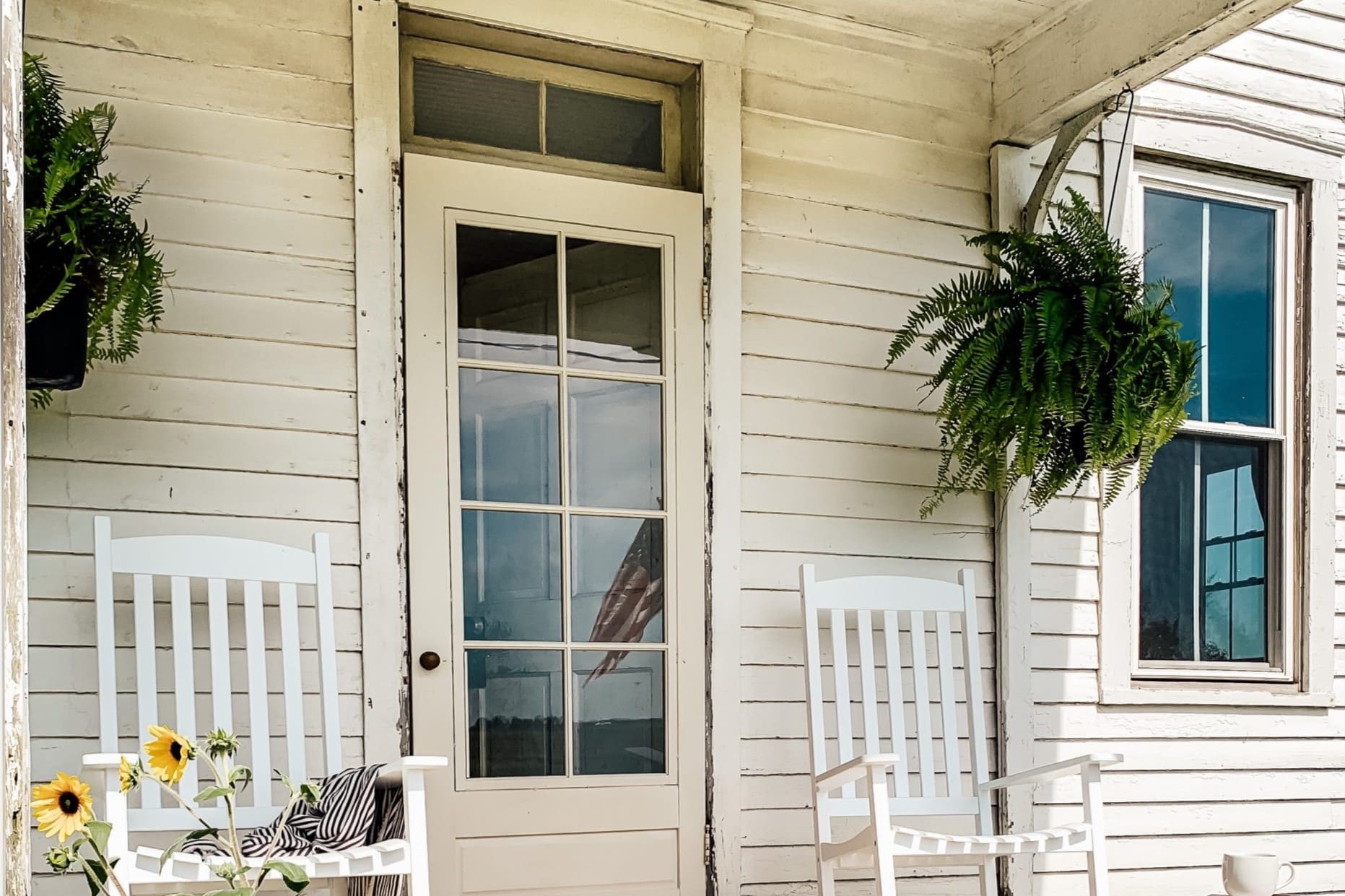
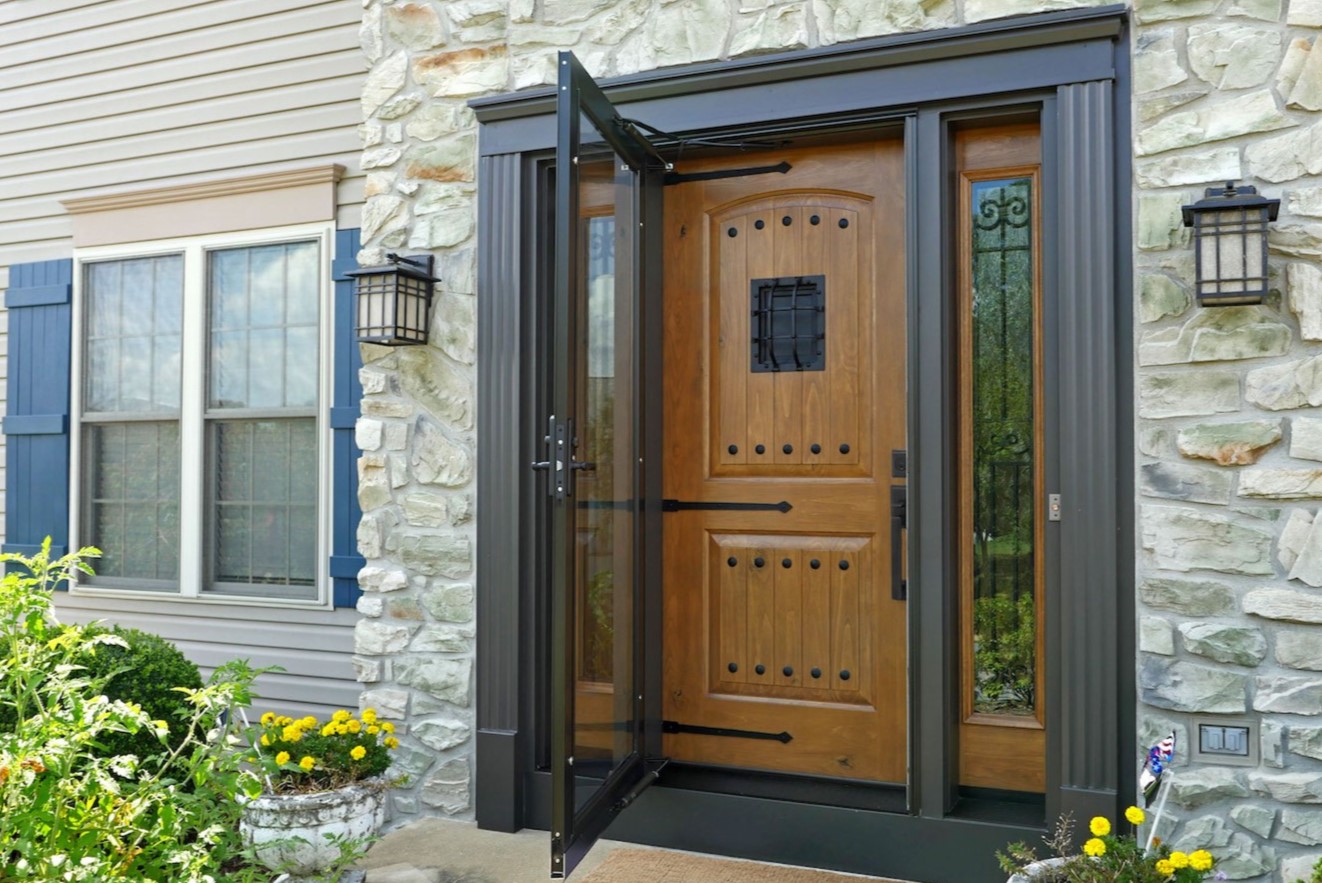
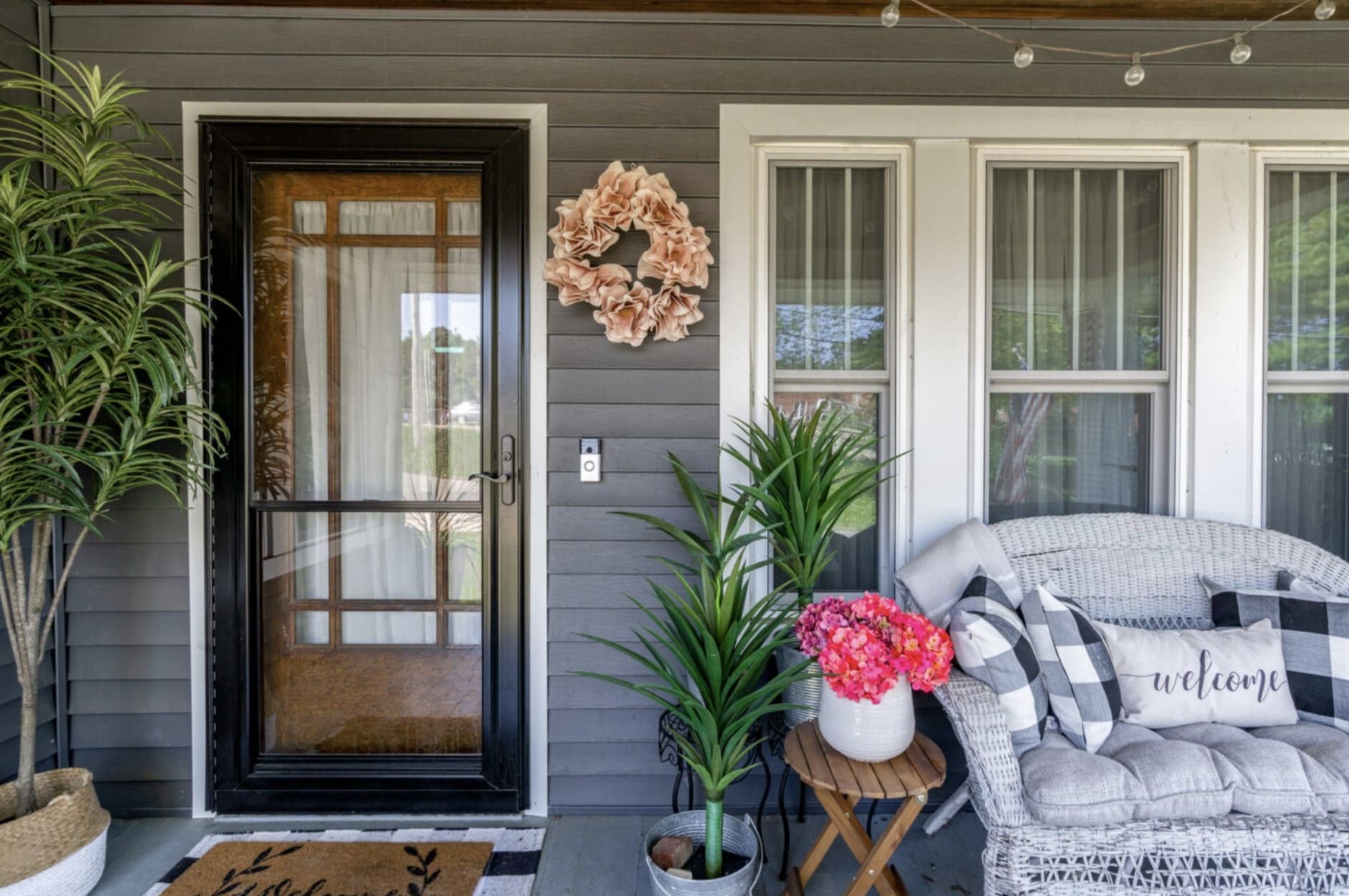
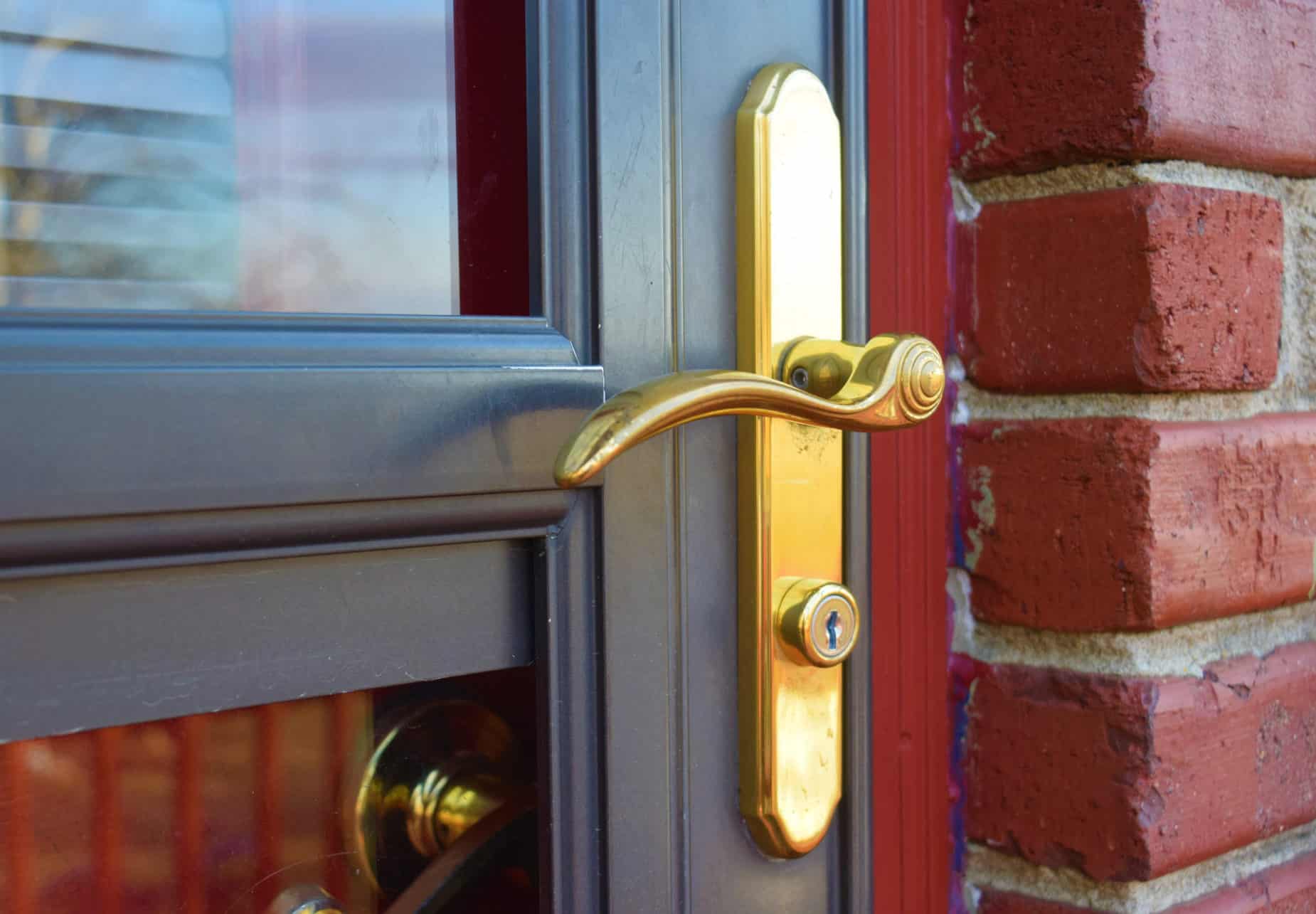
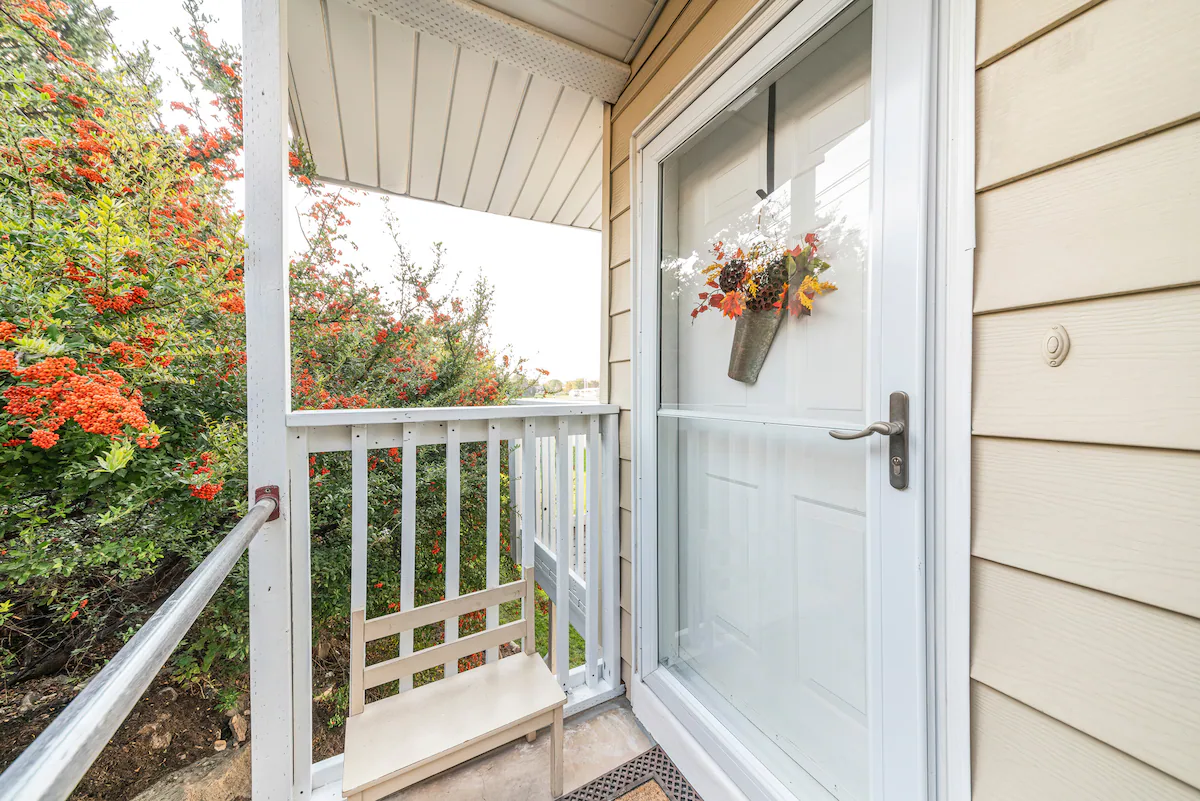
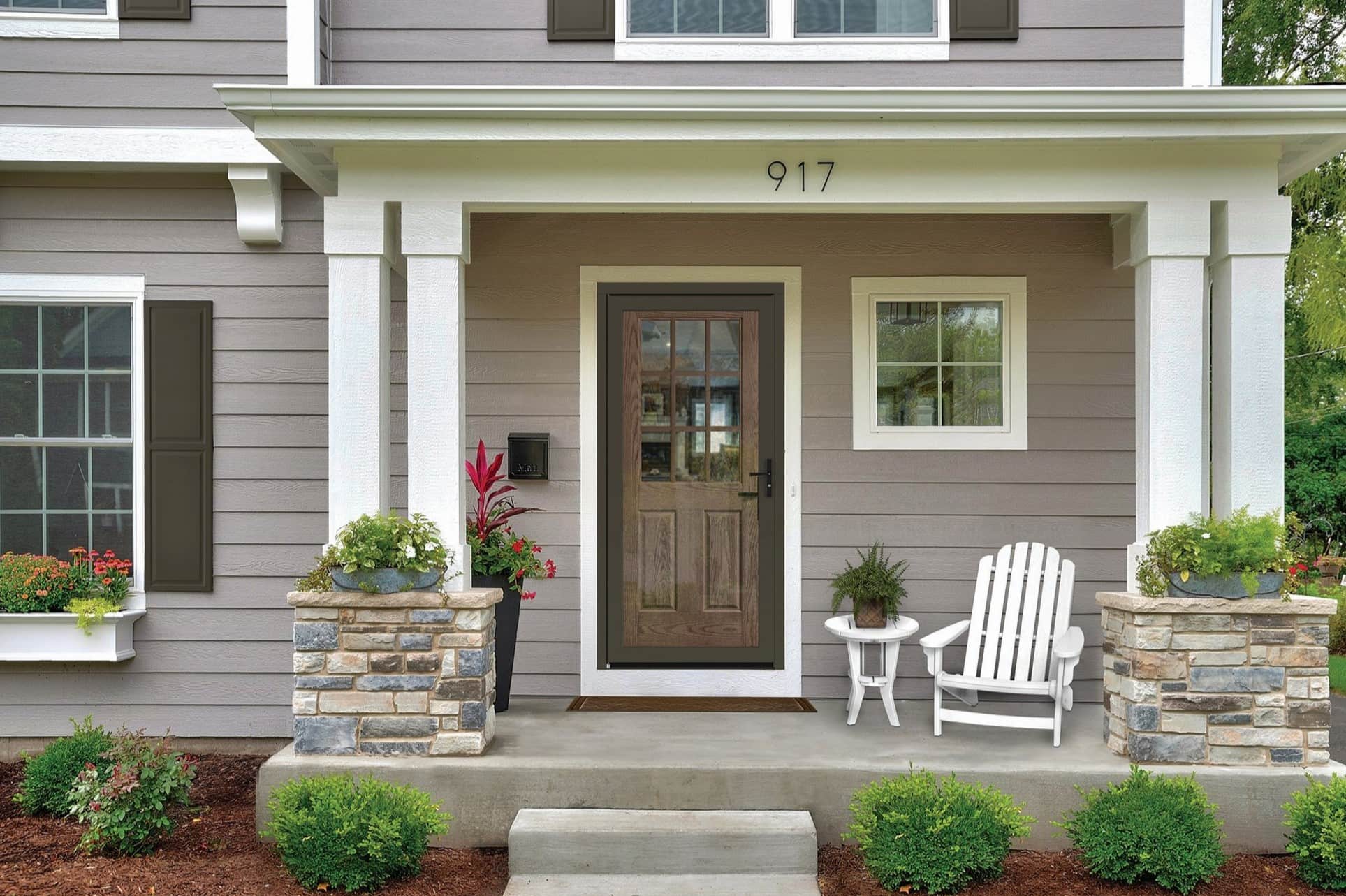

0 thoughts on “What Is Self Storing Storm Door”